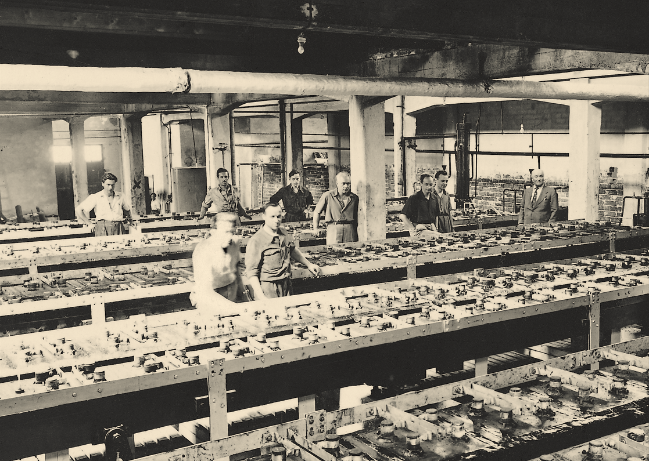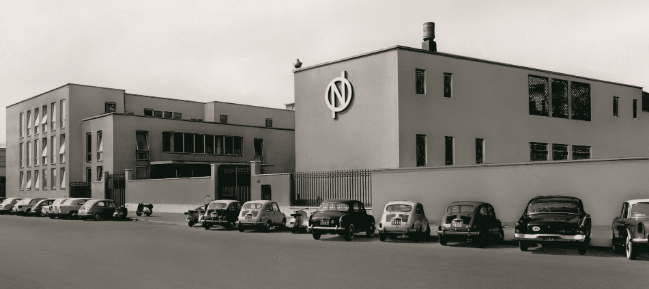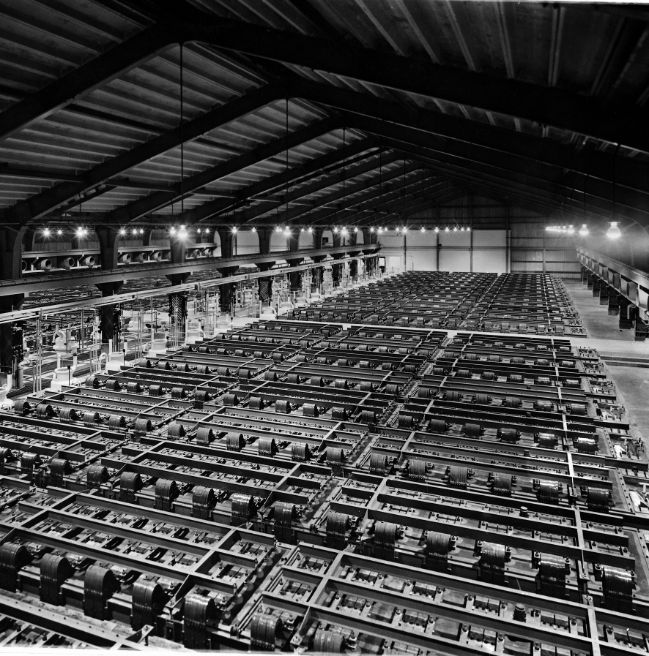
At the beginning of the 1930s, Oronzio De Nora had already produced more than a hundred plants. Following plants' success in producing sodium hypochlorite, chlorides of various types, and manganese dioxide, two new processes for the electrolysis of water and sodium chloride made with mercury cathode cells are emerging. From the electrolysis of water, oxygen, and hydrogen are produced. With hydrogen, a light gas, balloons are inflated; with oxygen, mainly oxyacetylene flame welding or flame produced by direct combustion with hydrogen is made. In the years leading up to World War II, the chlor-alkali production process was also developed, initially using mercury cathode cells. These early attempts would become the core of Oronzio De Nora's business in the postwar period. Chlorine, on the one hand, and caustic soda, on the other, would become the essential elements of entire production chains capable of generating multiple uses, from detergency to remediation, from manufacturing plastics to producing aluminum. From the postwar period onward, the index of chlorine and caustic soda production and consumption will be considered the benchmark for establishing a country's level of industrialization.




